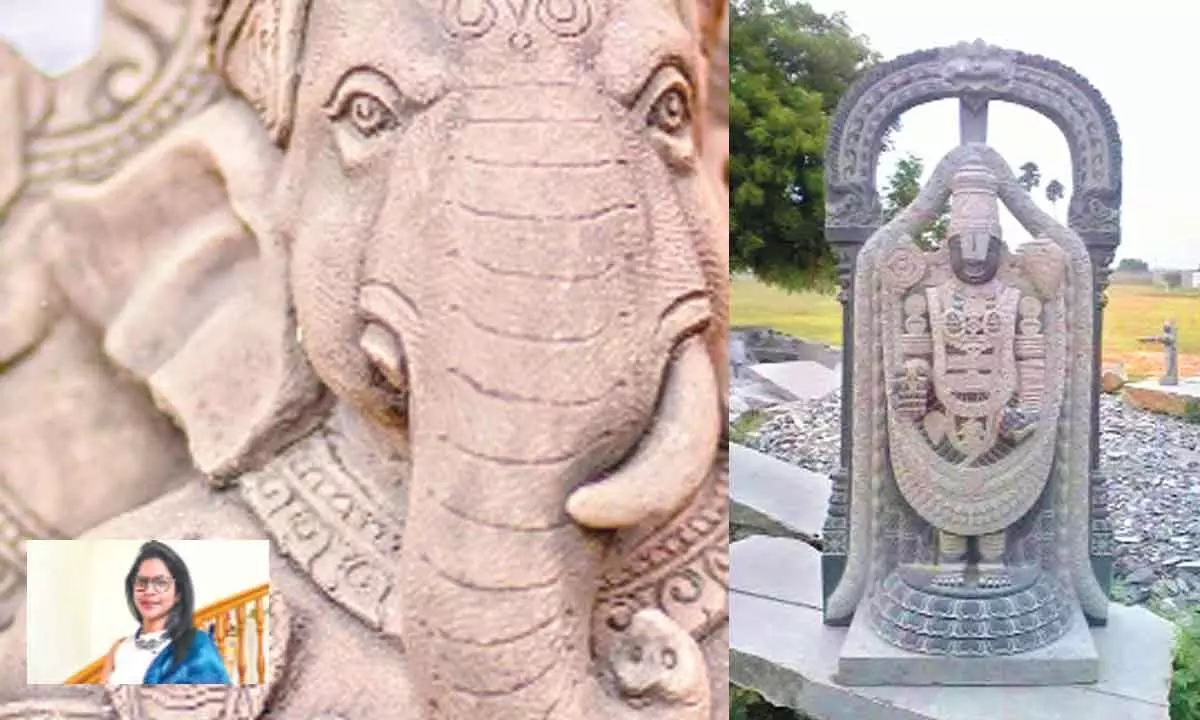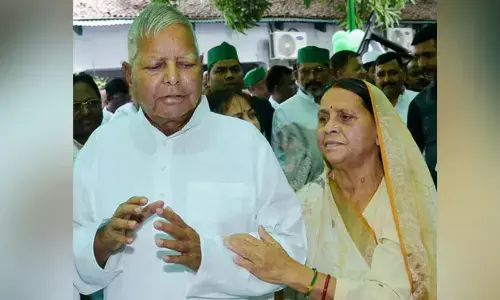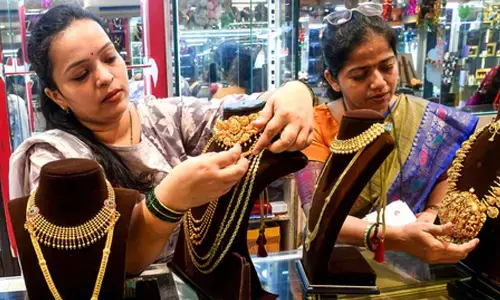From limestone to lifestone – The story of Durgi art

A technique that dates back to as early as the 3rd century AD, these intricate stone carvings have been a part of our world since the Paleolithic civilisation.
A technique that dates back to as early as the 3rd century AD, these intricate stone carvings have been a part of our world since the Paleolithic civilisation. History also has it that, around the 15th century, around 300 Buddhist followers came together to illustrate Buddhism by carving idols, statues and stupas of the Buddha. And this is what is recalled as the genesis of Durgi art.
One of the earliest, longest and most celebrated art forms of India, and especially in the south of India, the Durgi stone craft attributes its name to the town it hails from – Durgi, which is located in the Palnadu region of Guntur, Andhra Pradesh. It is said that, back in the day, several artisans had gotten together to build a Durga temple in the village, which then went on to become the name of the village. A town known for its rich history of temples, Durgi art is made from a uniquely soft limestone called "Suddha Rai", which is found underneath the earth's surface layer and is machine-quarried.
The reason why it is the most preferred is because of its soft texture which makes it much easier for sculpting. It is also a lot lesser expensive than marble and granite. The Durgi art craftspeople have always relied on Shilpa Shastras for their techniques. That said, although that makes it a fairly traditional art form, today several products are specially sculpted for a wider mass appeal. In other words, Durgi art is no longer limited to the idols of gods and goddesses but has expanded its scope to exquisite home décor items, vases, back-yard and garden statues, jewellery boxes and sculptures as well.
As far as temple architecture is concerned, the Durgi craft finds its place both in northern and southern India. In the north, it goes by the Nagara style and in the south, it goes by the Dravida style. All the Durgi craftsmen belong to the Viswabrahmin community who firmly believe that they inherit their skill of bringing stones to life. Most of these sculptors live in and around the Durgi and Obulesunipalle villages of the Durgi mandal.
Despite being the longest-surviving art form and being such a hit at it, today, less than fifty families of sculptors are known to be found living in the village. Most other sculptors have moved to bigger places for better livelihood. The government, in terms of its support towards Durgi stone craft, has done as far as establishing a school, in 1962, dedicated to teaching this art form; and giving it a GI tag in 2017. The sculptors are expecting a lot more support to continue keeping this art form alive.
With close to 2,500 sq ft of stone being mined for the production of Durgi stone craft, the demand for Durgi stone craft seems like a never-dying one. But the involvement from the important stakeholders to keep this art form alive has been on a downward trend. While it is a worrisome trend, collectively we can bring a change if we wish to.
So, for your upcoming event, why don't you consider gifting a beautiful piece of Durgi art to your loved one – now that it has even expanded its scope, for you?
(The writer is a handloom and handicraft enthusiast. She is also a member of the crafts council. Instagram handle: Rajeswariramachander)


















